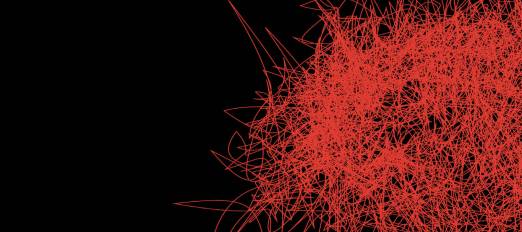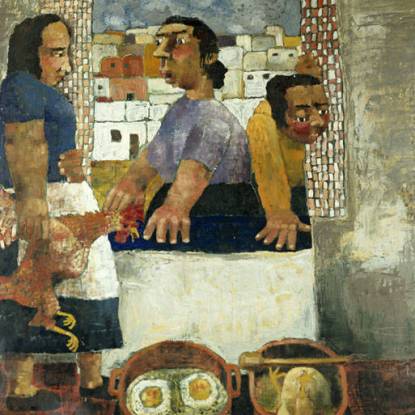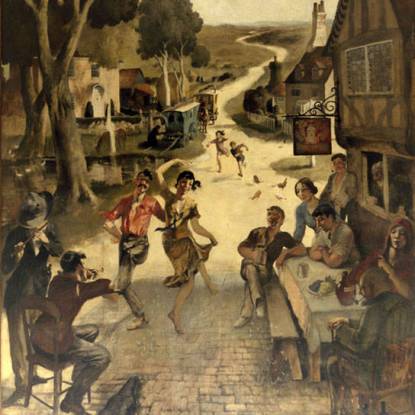A Prospect of the City of Rome from Monte Gianicolo
Location: Framed at the top of the east wall of UCL Art Museum in the South Cloisters of the Wilkins Building.
This vast panorama of Rome, composed of 6 plates, would have had pride of place in an 18th-century gentleman’s library.
This is an impressive vista of Rome, looking eastwards and spanning from St. Peter’s Basilica on the left to the Pyramid of Cestius and the Fonte dell-Acqua Paola on the far right.
Printed views of cities were first produced in the late 15th and early 16th centuries primarily as illustrations to biblical and historical stories. These views were documentary, charting the cityscape for a new audience of urban-based viewers across Europe, including scholars, merchants and city patricians. They fuelled a spirit of enquiry about distant places and established an interest in European travel. For example, this work depicts the city at the height of its popularity as one of the stops on the Grand Tour.
The vast panorama of Rome, made up of six separate plates, was probably designed either to be assembled as a single visual prospect upon a wall, or looked at as individual sheets within a bound portfolio. If the prints were pasted onto a wall, there was the problem in reading the density of information as some areas would always be hard to reach without steps. In the assembled panoramic format shown here the image would have been an ideal feature for a gentleman’s library, offering both an impressive display in its own right and readily consulted cross-reference tool for the location of specific ancient sites.
Giuseppe Vasi
Giuseppe Vasi was the leading topographic printmaker working in Rome and had served as Piranesi’s master in the early 1740s. Rather unjustly, Vasi has been unfavourably compared with his pupil, but although the stylistic range of Vasi’s work was not extensive, his output was significant. He produced detailed and compelling views of all the key ancient and contemporary sites of Rome which ably supplied a flourishing tourist market. Vasi clearly ran a sophisticated operation, and his work was widely distributed to print dealer across Europe and included in published tour guides. His compositions are more evenly lit than Piranesi’s and frequently heavily populated with figures.
 Close
Close




